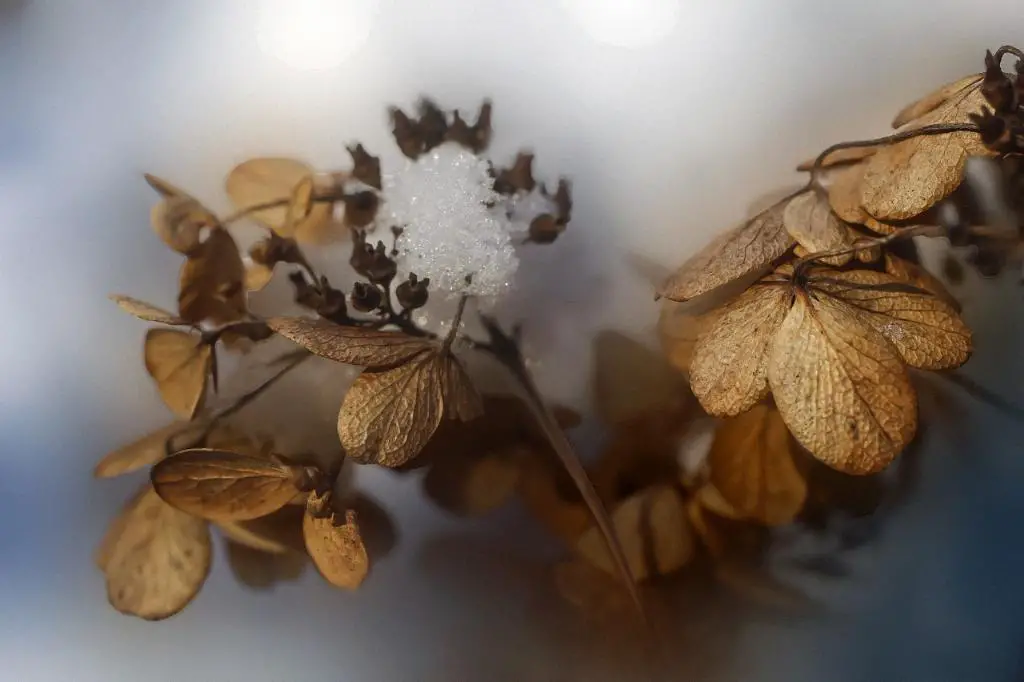Hydrangea care is a crucial aspect of ensuring that these versatile and stunning shrubs provide the big, vibrant blooms that make them a focal point in many gardens. Fertilization plays a key role in the health and vitality of hydrangeas and determines not just the quantity but also the quality of the blooms. Getting the timing and type of fertilizer just right can sometimes feel like a bit of a magic act, but once you’ve got the hang of it, you’ll be rewarded with a lush garden showstopper.
Best Time to Fertilize Hydrangeas for Optimal Bloom
Timing is everything when it comes to fertilizing hydrangeas. The best times to feed your hydrangeas are early spring and late summer. In early spring, as the plants break dormancy, a boost of fertilizer helps kick-start their growth, giving them the nutrients needed for robust foliage and blooms. A second round of fertilizer in late summer prepares them for vigorous blooming the following season. Just remember, avoid fertilizing hydrangeas late in the fall. That could stimulate new growth susceptible to winter damage – definitely not a path you want to go down!
Choosing the Right Fertilizer for Your Hydrangea Varieties
Not all hydrangeas were made equal, and neither were all fertilizers. Choosing the right fertilizer for your hydrangea variety can make a world of difference. A general-purpose, slow-release fertilizer, usually with a high phosphorus content to encourage blooms, often works well. However, different varieties like mophead or lacecap might require specific nutrient balances to thrive. It’s always a good idea to check the label and ensure compatibility with your hydrangea type.
Step-by-Step Guide to Applying Fertilizer to Hydrangeas
Applying fertilizer might sound straightforward, but doing it correctly ensures your plant gets the maximum benefit. Start by lightly scratching the soil around your hydrangeas, being careful not to damage root systems. Apply the fertilizer according to the package directions over the loosened soil. Watering the area after applying fertilizer helps integrate those nutrients into the soil, making them readily available to the plants. Remember, more is not always better; stick to the recommended amounts to avoid over-fertilization, which can be just as detrimental as not fertilizing at all.
Common Mistakes to Avoid in Hydrangea Fertilization
Over-fertilization tops the list of no-nos when it comes to hydrangea care. Too much fertilizer can lead to leafy growth at the expense of blooms and can even harm your plants. Another common error is applying fertilizer at the wrong time of year, which can upset the natural growth cycles of your hydrangeas. Trust me, a little attentiveness goes a long way here!
Organic Options for Feeding Hydrangeas
If you’re leaning towards a more natural approach, there are plenty of organic options available for feeding your hydrangeas. Composts or organic manures are great choices and can improve soil structure while providing essential nutrients. Alternatively, formulations like fish emulsion or bone meal can also nourish your hydrangeas while adhering to organic gardening practices.
Signs Your Hydrangea Needs More Nutrients
Keep an eye out for clues that your hydrangea is hungry for more. Yellowing leaves and lackluster growth are common indicators that your hydrangea may be nutrient deficient. If the blooms are underwhelming or the growth seems stunted, it might be time to reassess your fertilization plan.
How Soil pH Affects Hydrangea Fertilization and Color
Did you know that the color of some hydrangea flowers can change based on the pH level of the soil? Acidic soils (pH below 6) can turn hydrangea flowers blue, while alkaline soils (pH above 7) can shift them towards pink. Understanding this can help you tailor your soil amendments and fertilization tactics to achieve not just vibrant growth but also color-specific results. Just another neat trick to pull out of your garden hat!
Seasonal Hydrangea Fertilization Tips
As seasons change, so do the needs of your hydrangeas. Spring is for growth, summer is for maintaining health during blooming, and early fall is about preparation for dormancy. Adjust your fertilization practices accordingly to support these different stages of life. A well-timed nutrient boost can enhance blooming in summer and help plants store energy for winter, setting the stage for a repeated show of splendor year after year.

